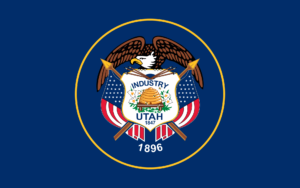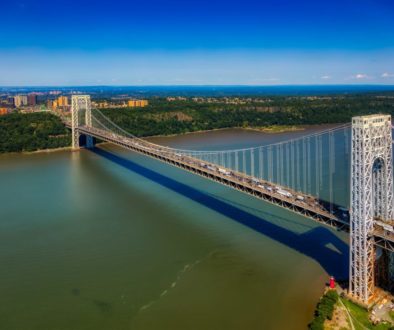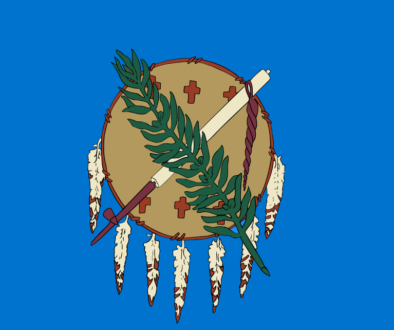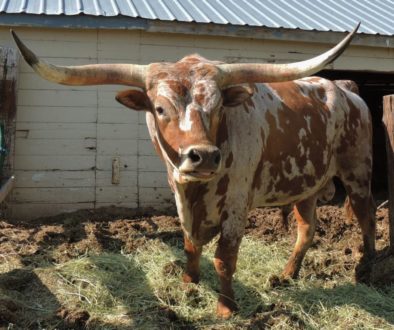Utah
History: Native Americans, including the ancient Puebloan and Fremont people, lived and settled in Utah over 12,000 years ago. After 1700, the Navajo, Goshute, Paiute, Shoshone, and Ute tribes arrived and settled. Spanish explorer Francisco de Coronado led an expedition through southern Utah in 1540. Although part of New Spain, the Spanish showed little interest in settling the desert area. After 1821, the area became part of Alta California under Mexico. Still it was only visited by fur-trappers and explorers, until the 1847 arrival of the Mormon settlers to the Great Salt Lake region. After numerous disputes between them and the U.S. government, Utah finally joined the U.S. as the 45th state on January 4, 1896.
Economy: Mining was an early and still important industry, producing copper, gold, silver, zinc, lead, and coal. Petroleum (oil and natural gas) is found in the eastern part of the state. Livestock and farming are also important from the early days, producing cattle, sheep, dairy products, corn and barley. In more modern times, manufacturing of electronic components (such as computer flash memory) is a large industry. The many natural wonders and high-quality snow support a significant tourist industry for both summer and winter recreation.
Climate: Utah is mostly dry due to the desert covering most of the state. This results in very hot summers and very cold winters. Most of the area receives only 12-15 inches of rain a year. The more mountainous areas receive snow (3-60 inches) from winter storms and the ‘lake-effect’. The Wasatch Range in the north may receive as much as 500 inches of snow.
Geography: Utah is the meeting place of three major geographical regions – the Rocky Mountains, the Great Basin, and the Colorado Plateau. It contains diverse areas ranging from large arid deserts in the west, to monumental eroded red rocks in the south, to lush pine forests in the east, to towering mountains and deep valleys in the north. Utah forms the northwest corner of the Four Corners, where four states meet. All of the borders of Utah are straight lines.
Fun Facts:
- The Great Salt Lake is the largest salt-water lake in the Western Hemisphere, and the 8th largest lake in the world.
- The Transcontinental Railroad, connecting the U.S. from east to west, was completed in 1869 at Promontory Point.
- The state symbol is the beehive, symbolizes the thrift and industry of Utahans.
- Salt Lake City hosted the Olympic Winter Games in 2002.
- Philo T. Farnsworth, the inventor of television, was born in Utah.
- It is illegal to fish while on horseback in Utah.
Points of Interest:
- National Parks – Arches, Zion, Bryce Canyon, Capitol Reef, and Canyonlands.
- Monument Valley
- Dead Horse Point State Park near Moab
- Dinosaur National Monument
- Lake Powell
- Salt Lake City and the Great Salt Lake
Six additional sites to visit for more information:
kids.nationalgeographic.com/utah/




